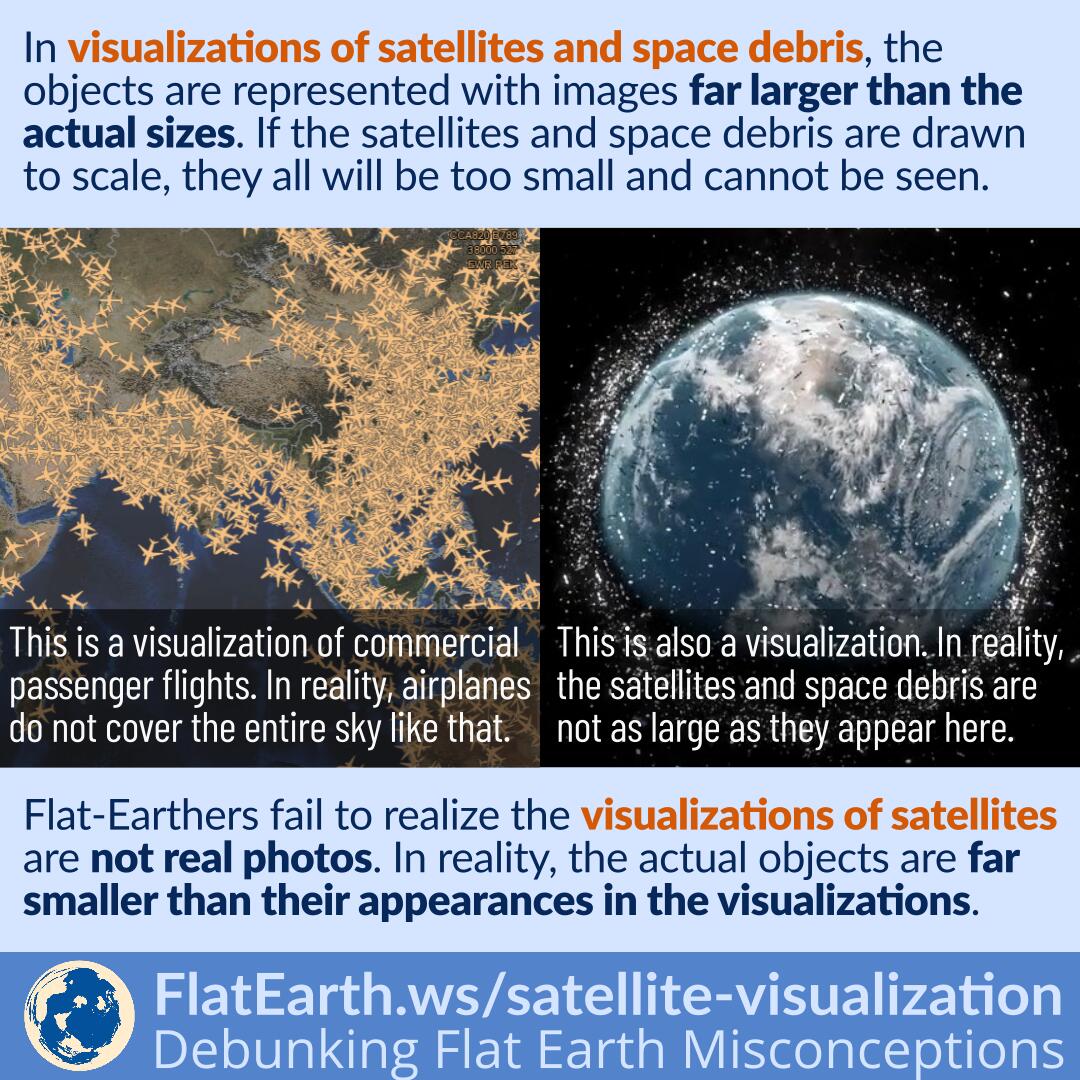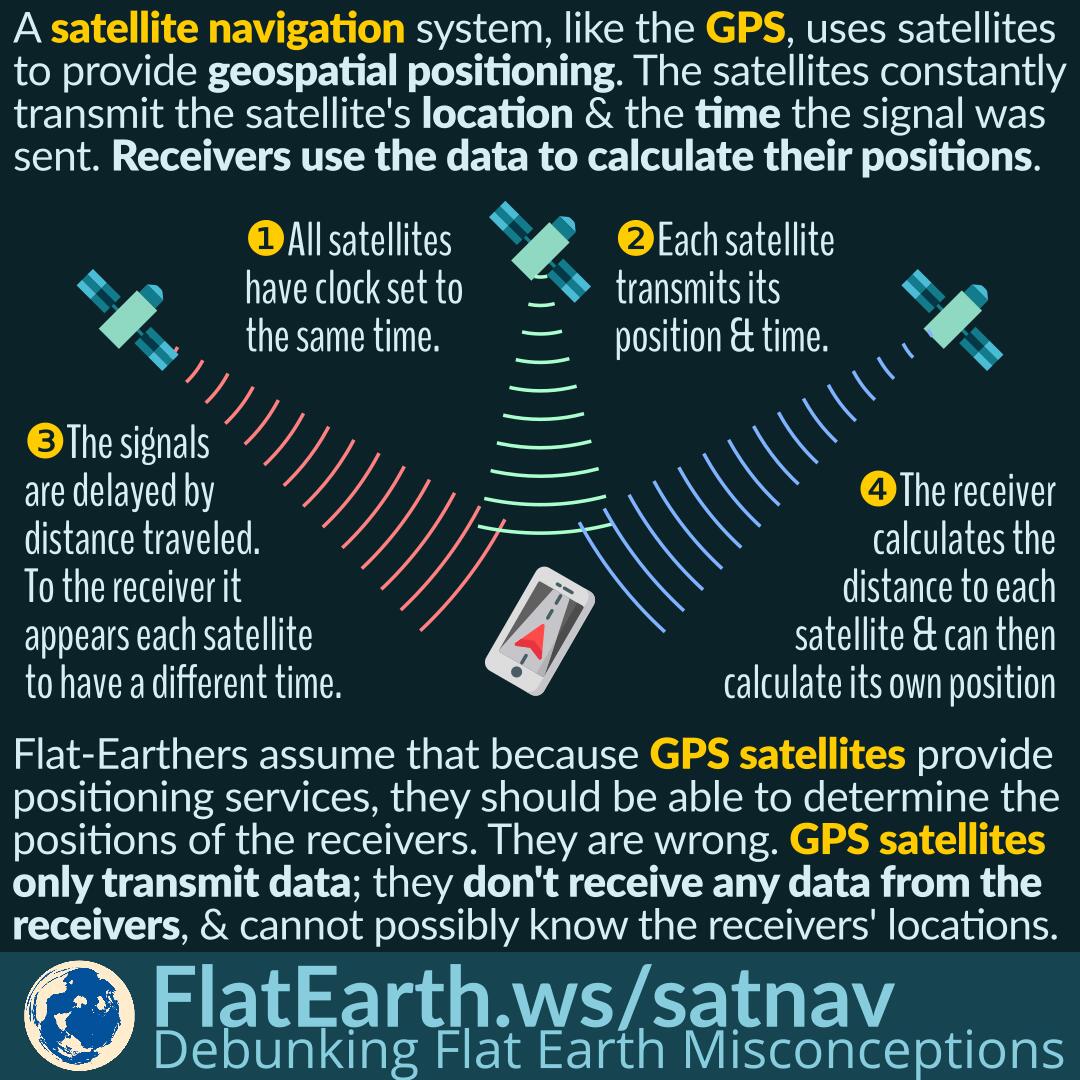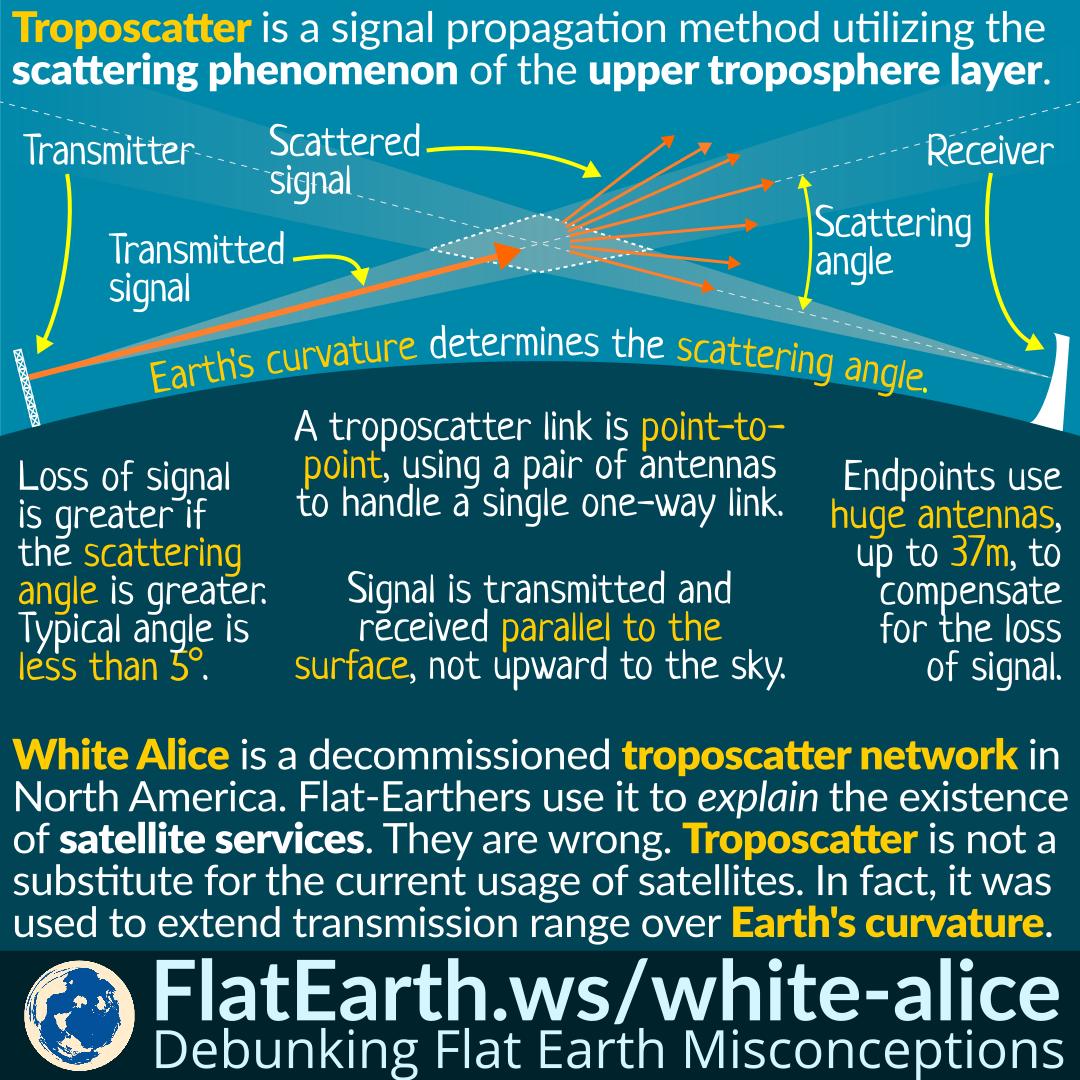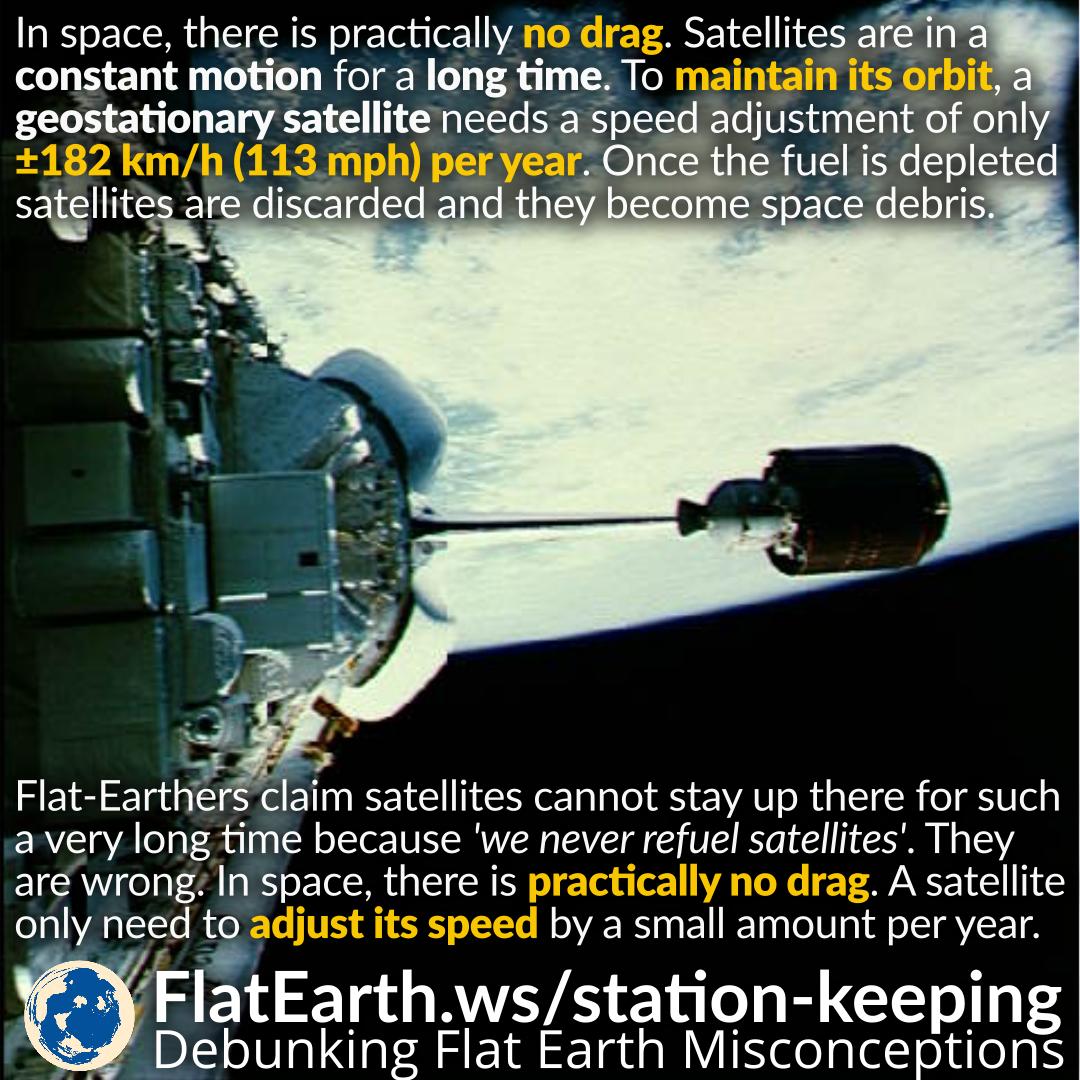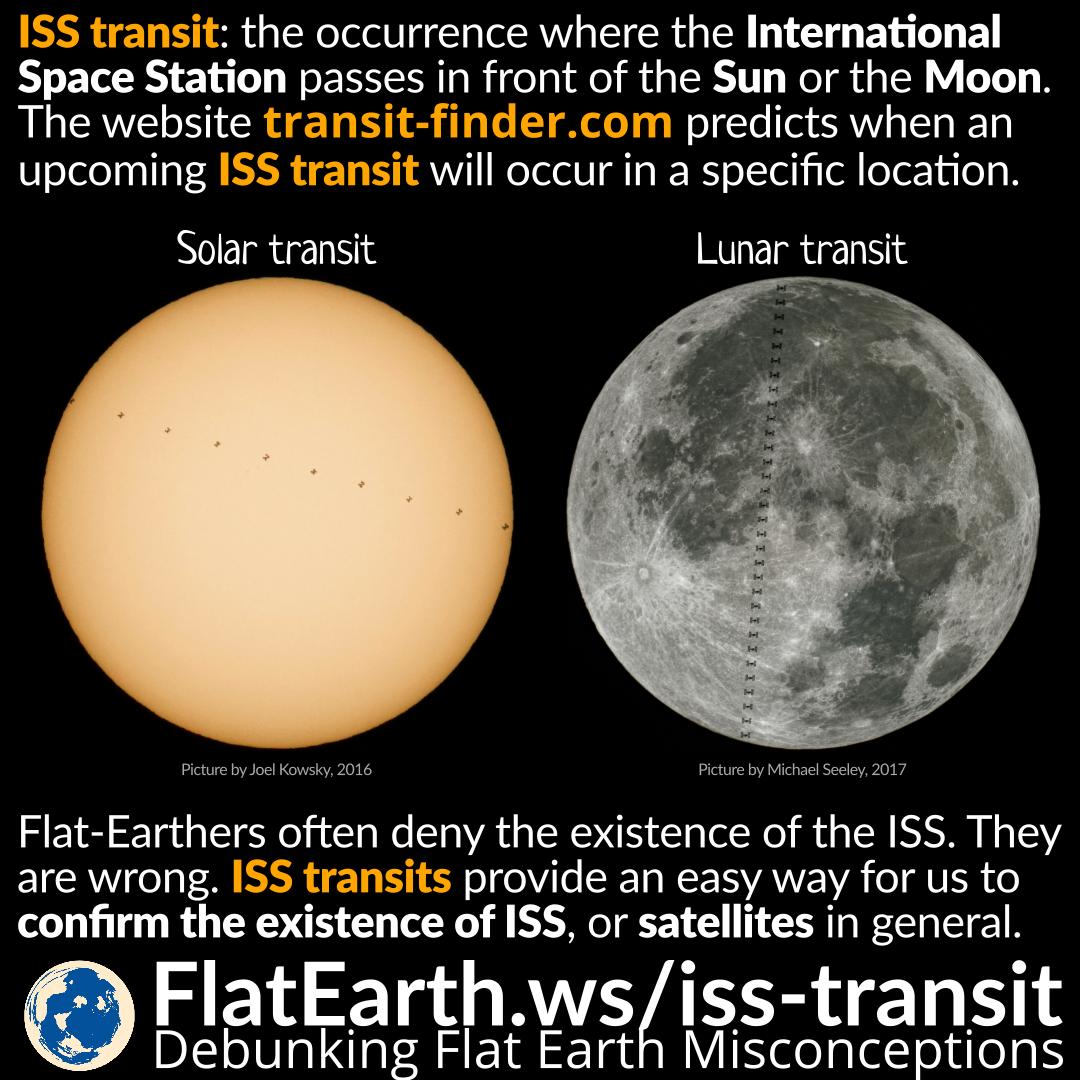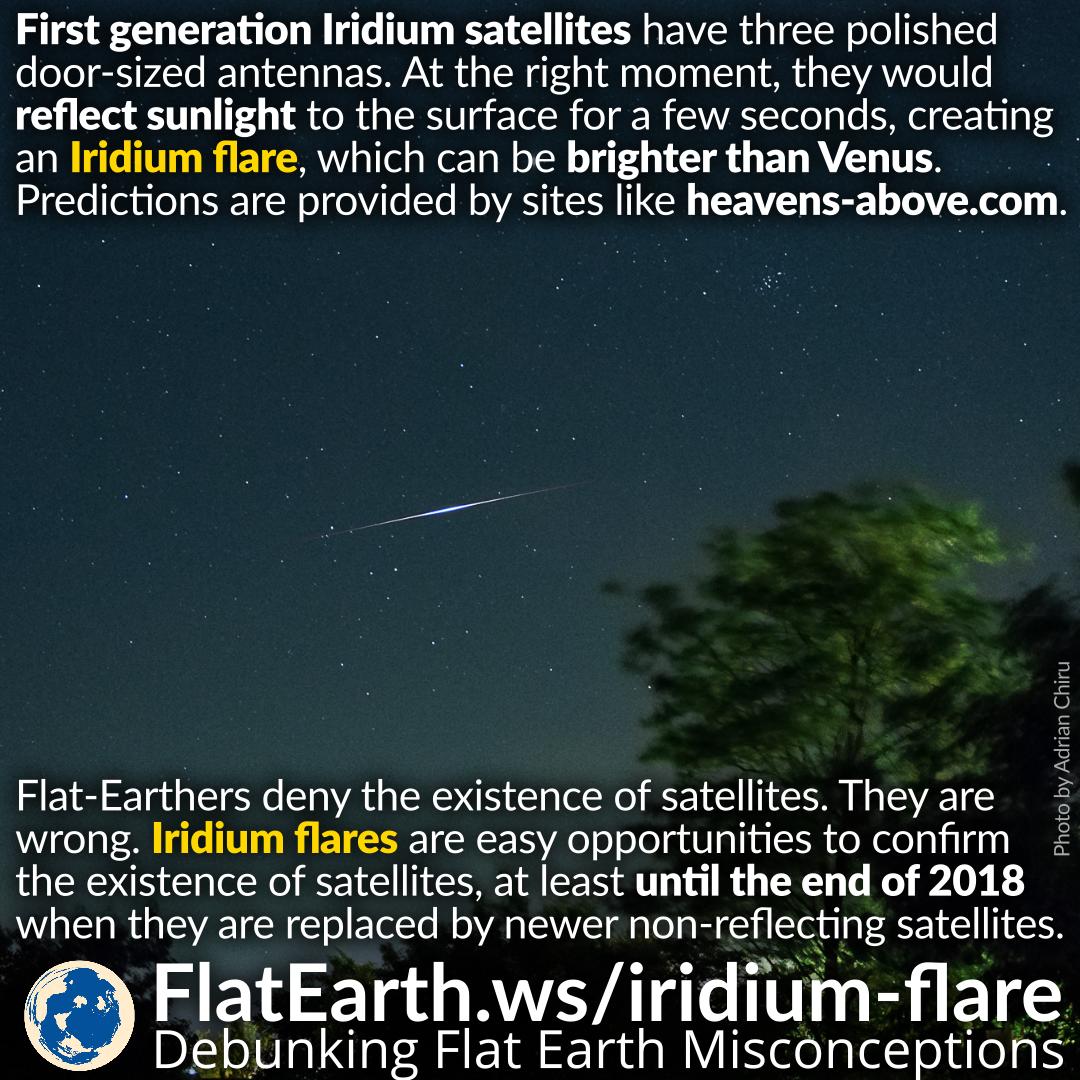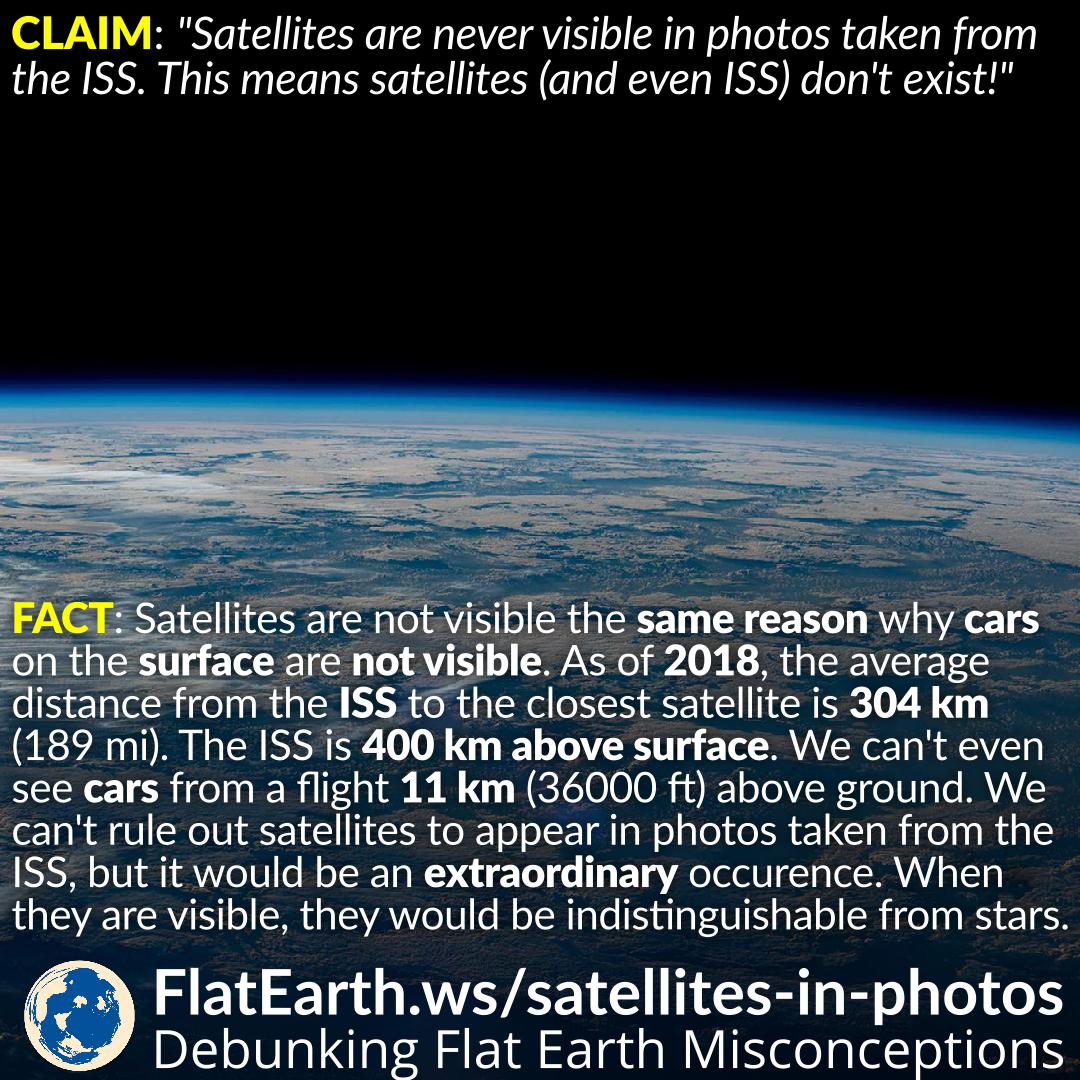Various pictures showing satellites and space debris around the Earth are visualizations. They are not real photos taken from cameras. These visualizations were created by drawing the objects with sizes far larger than their actual dimensions. If they were drawn to scale, then they all will be too small and cannot be seen in the visualizations.
Flat-Earthers fail to realize that these are visualizations. They think the pictures are presented as real photos. Because we never see satellites like that, they concluded that it was a deception. In reality, these pictures are simply visualization, not actual photos.
Continue reading “Visualization of Satellites and Space Debris”


